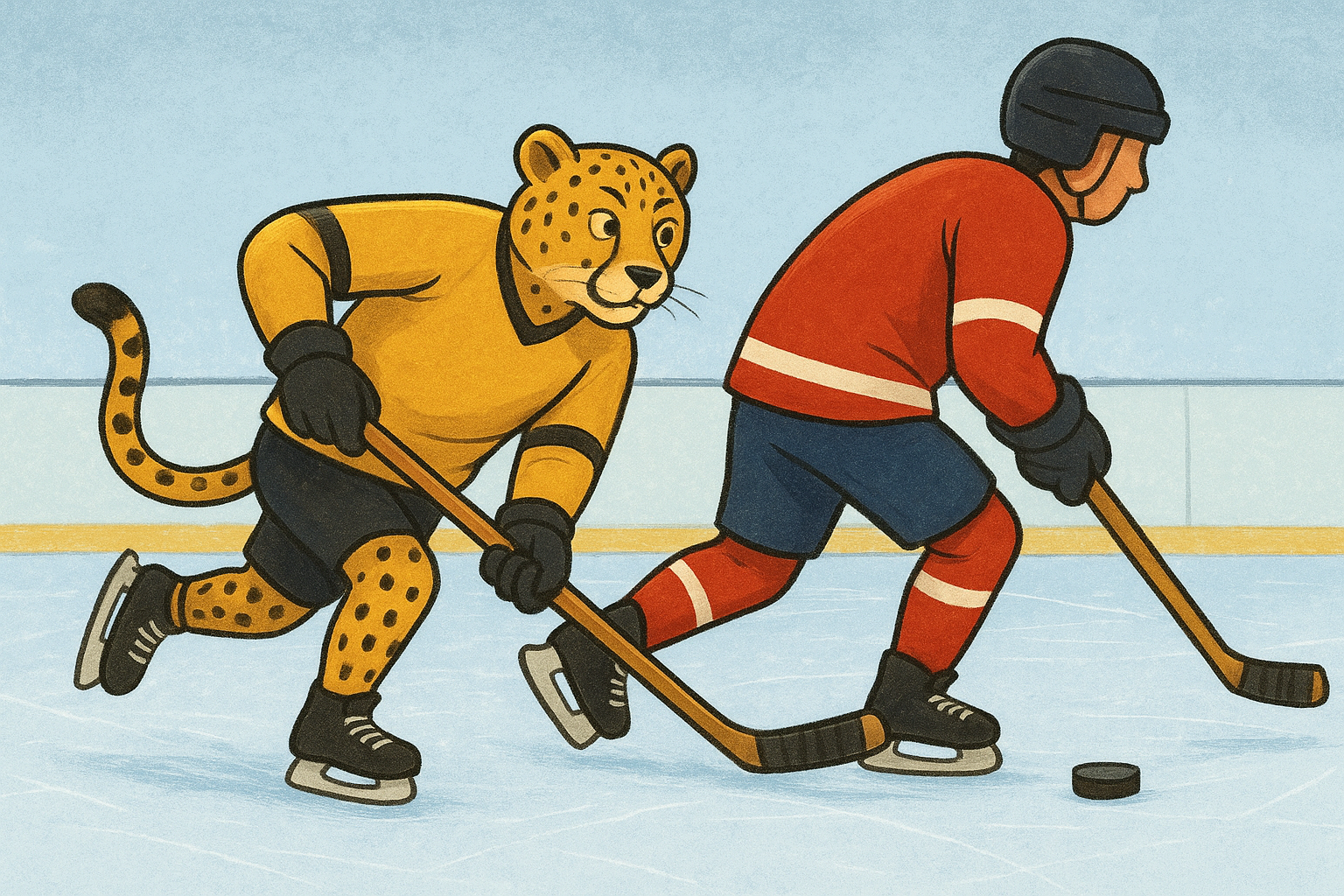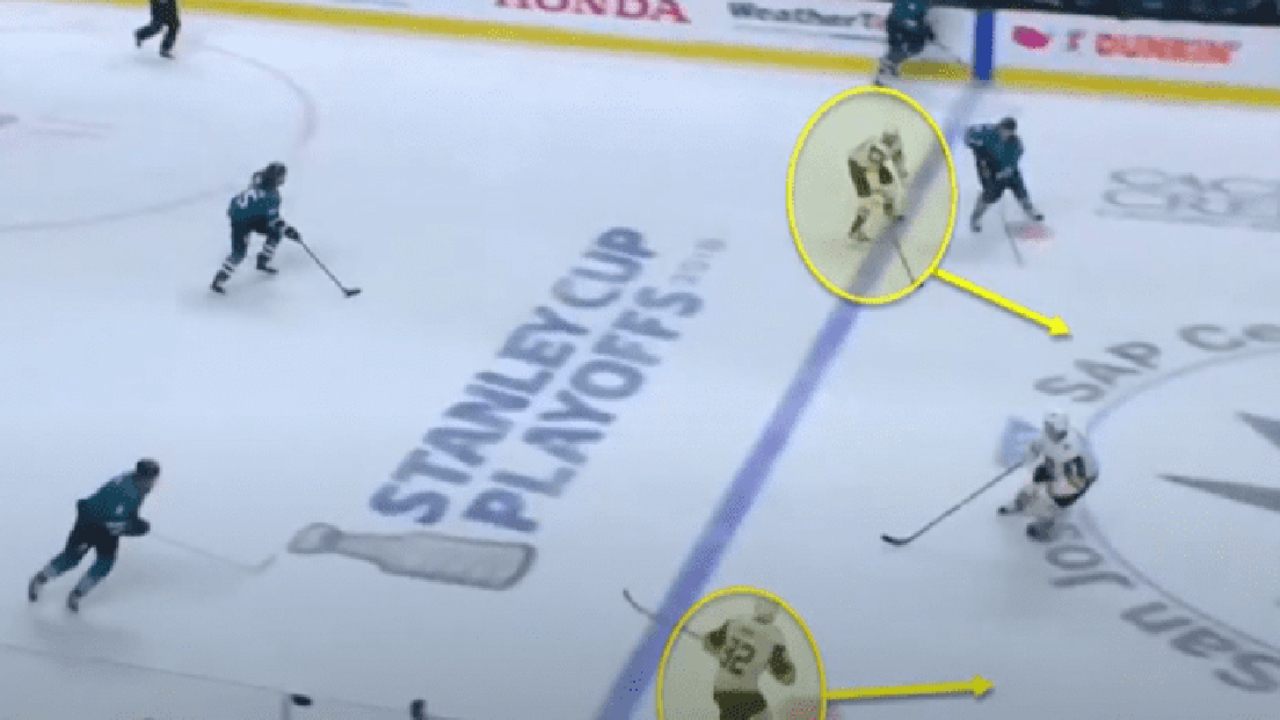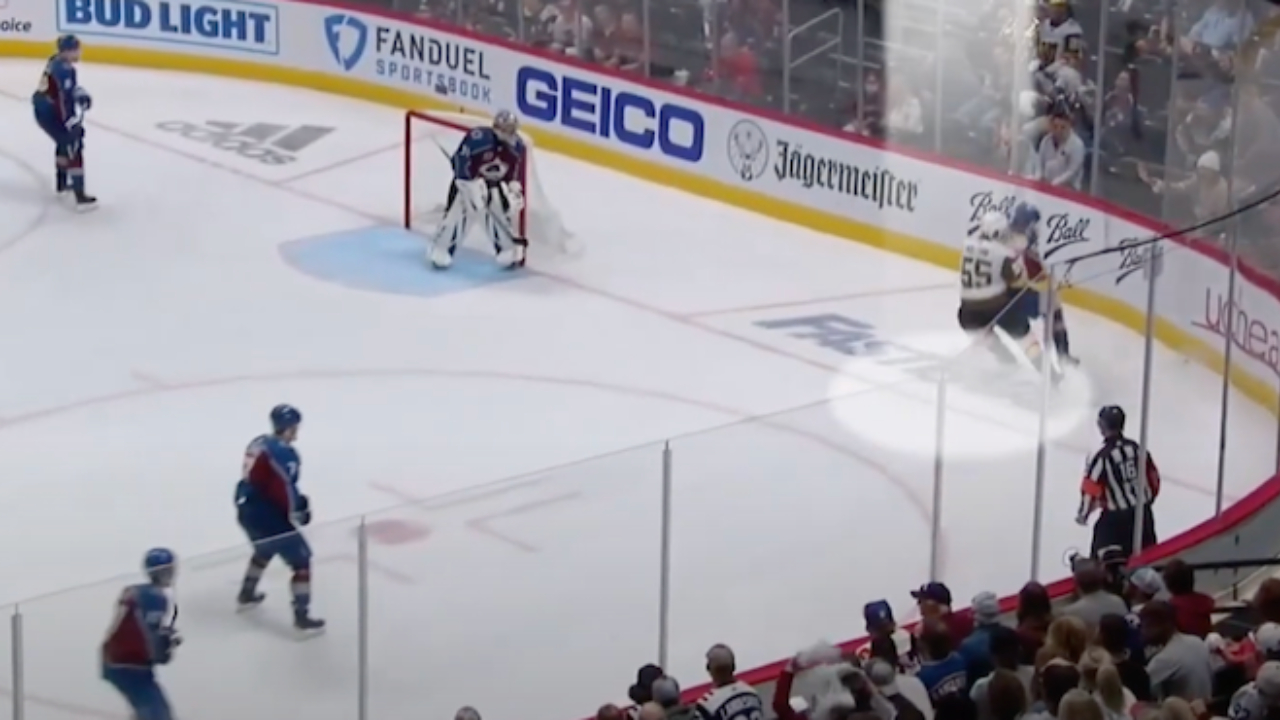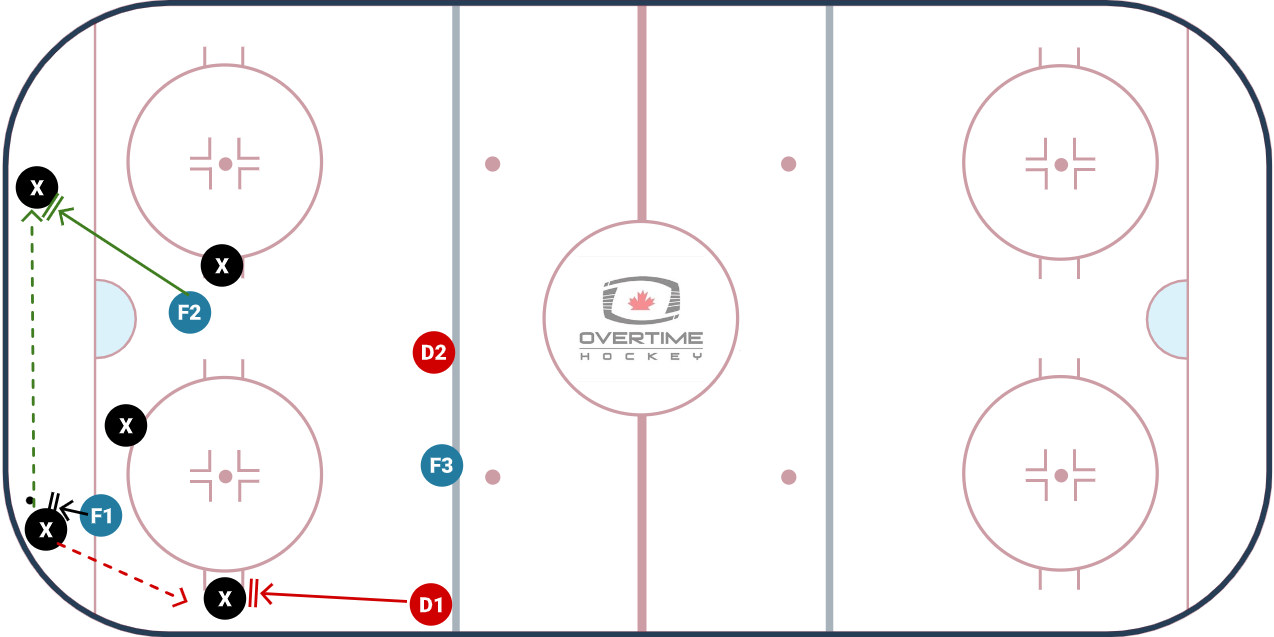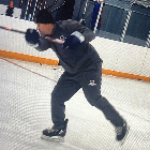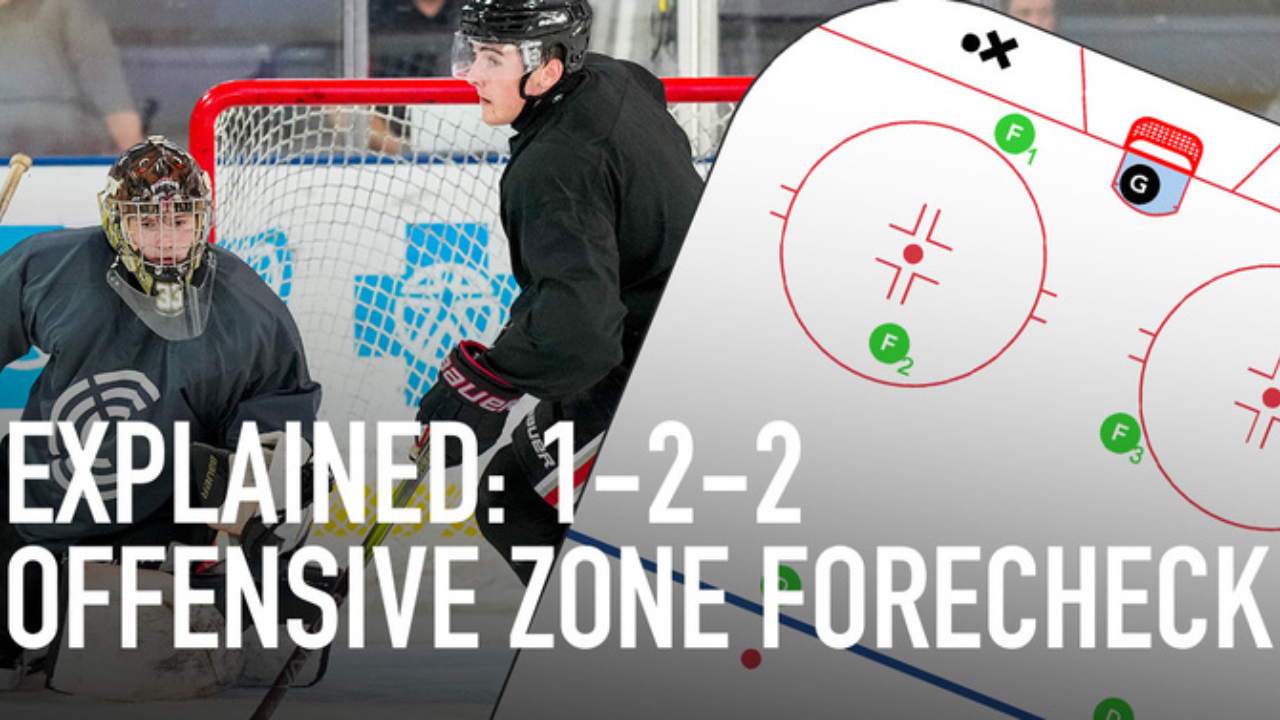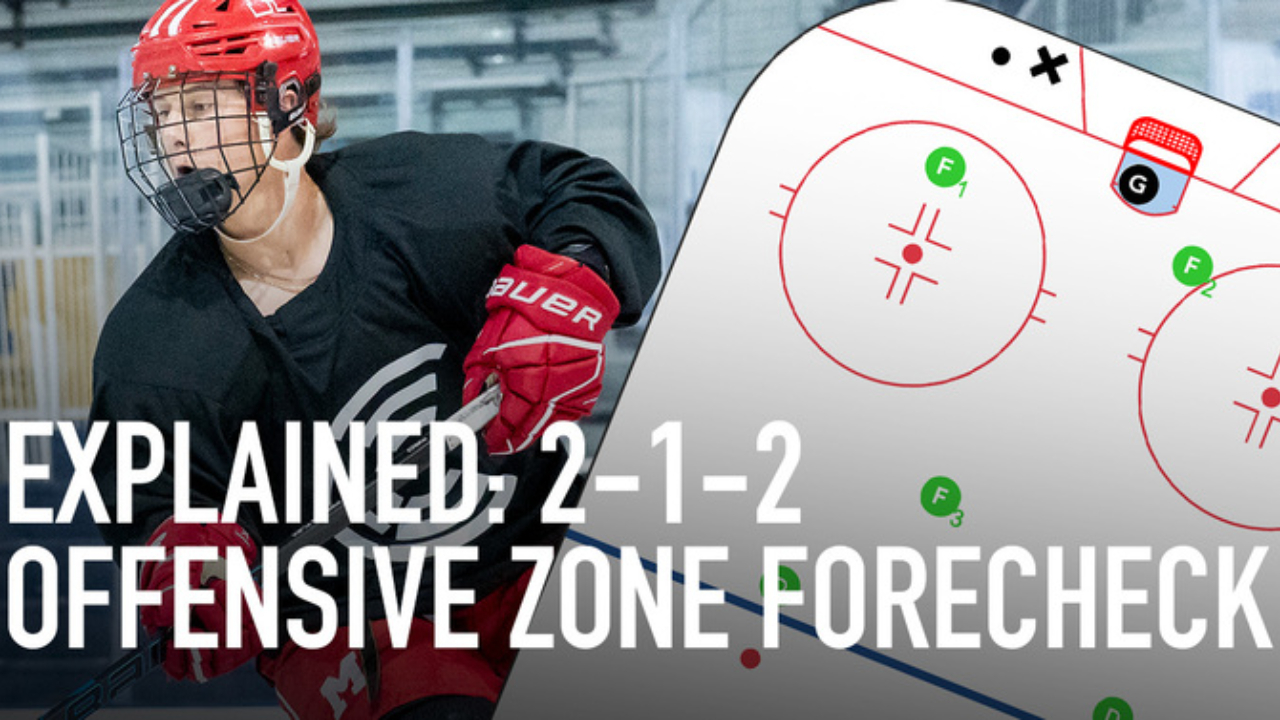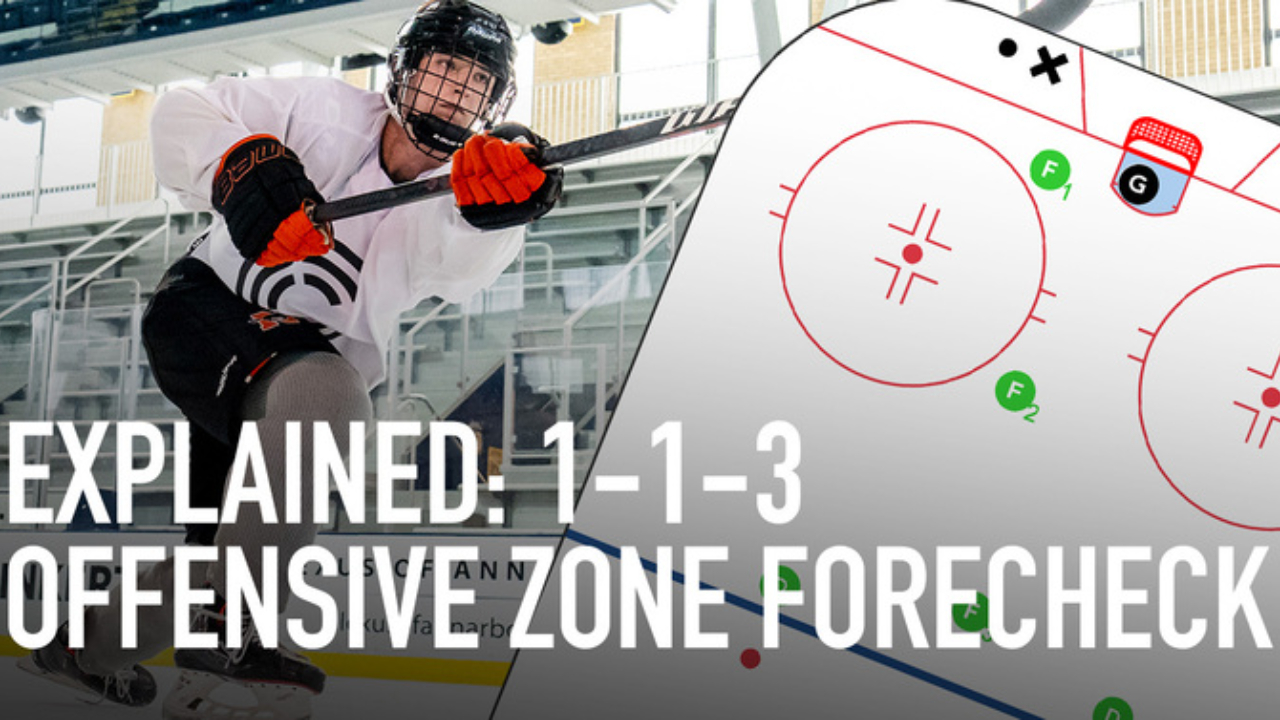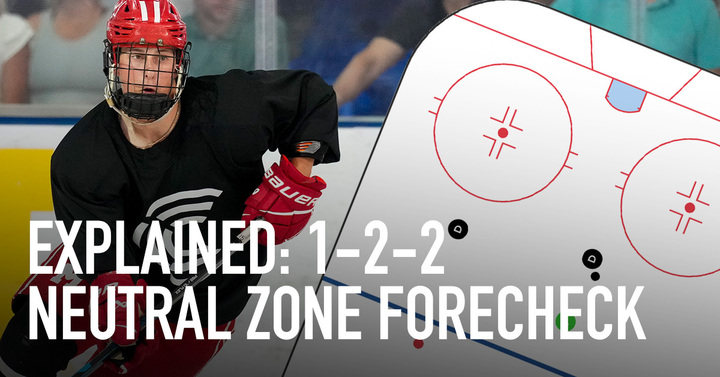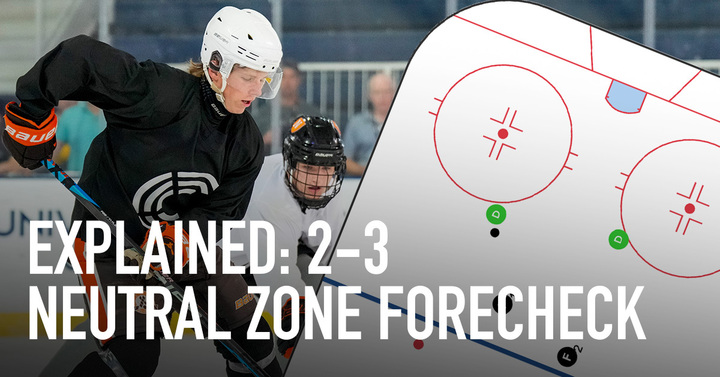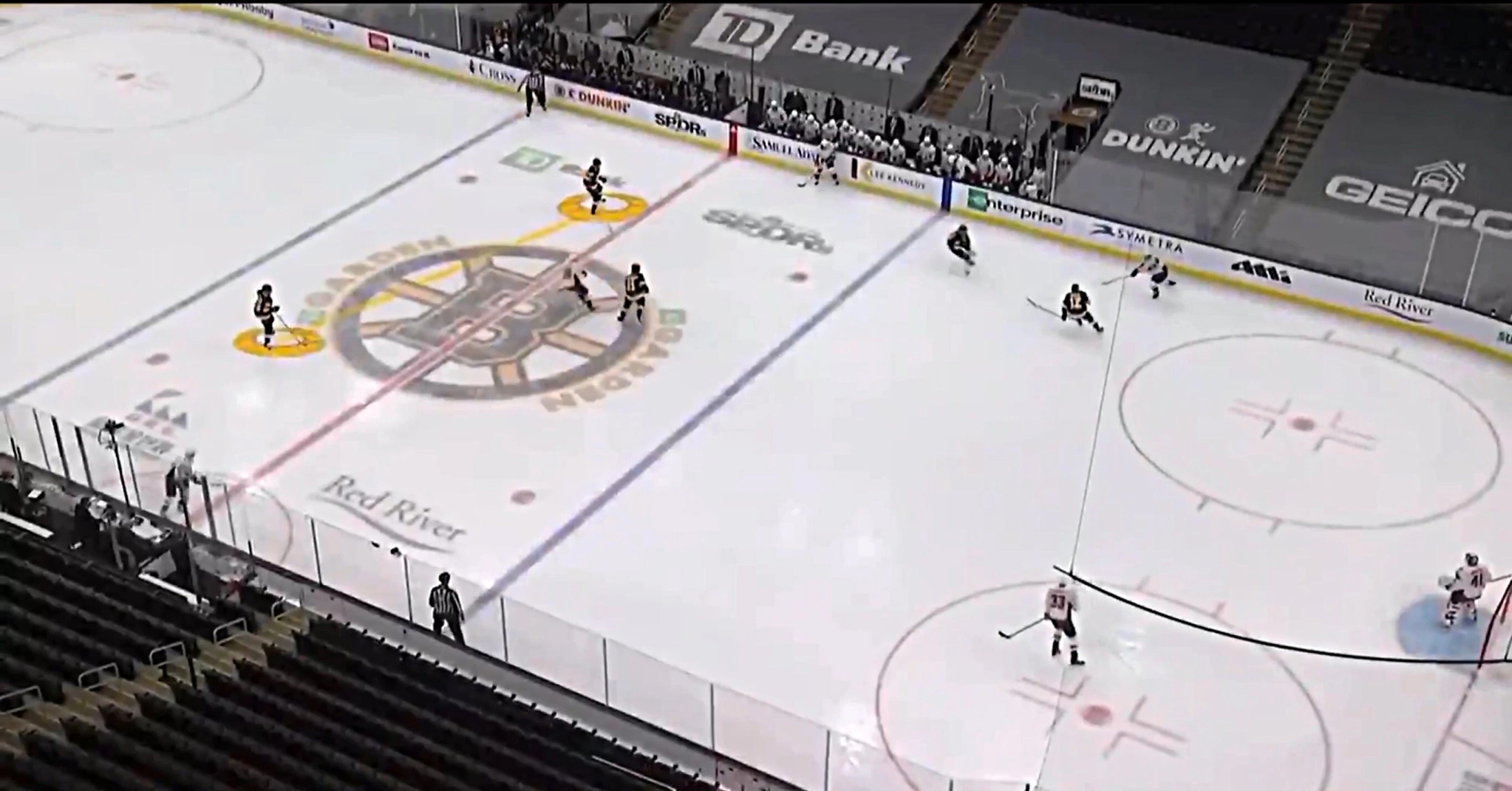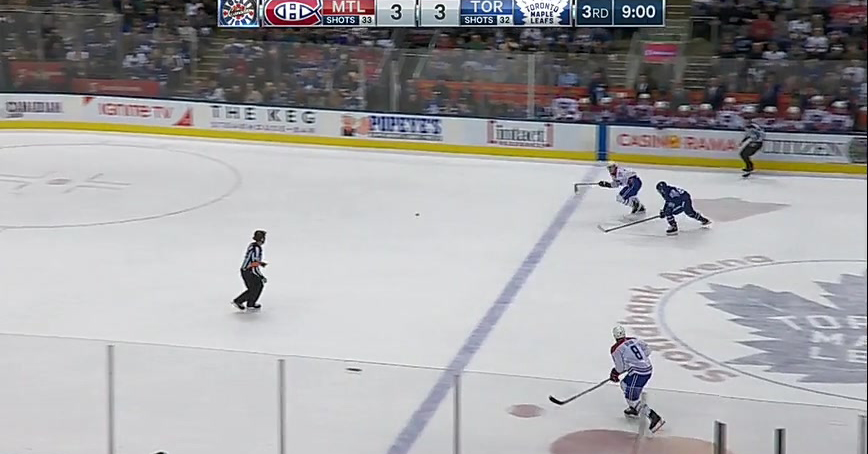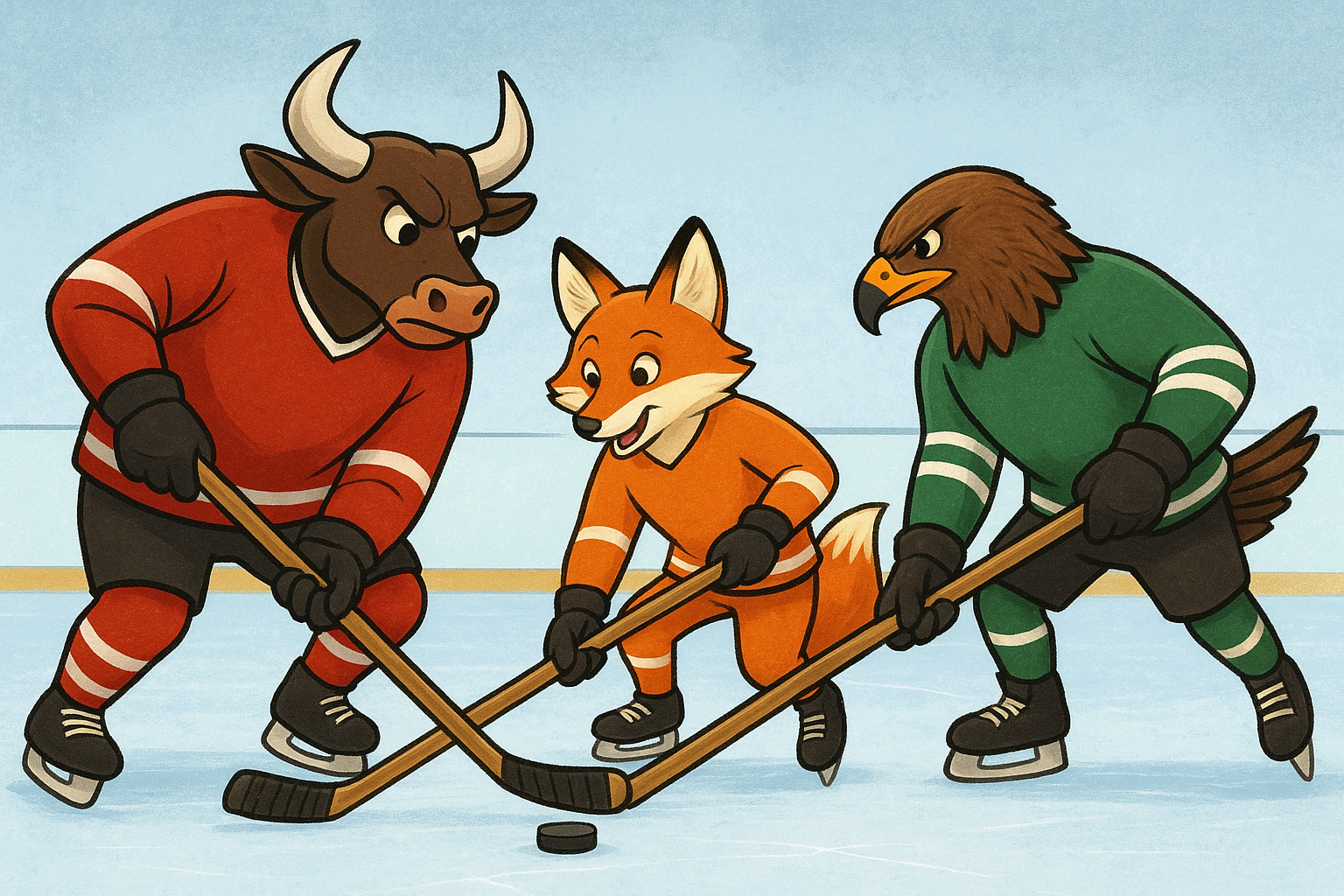
Using Animal Analogies to Simplify Concepts for Young Players
Hockey can be a fast, complicated game—especially when it comes to learning defensive responsibilities like forechecking and backchecking. To make these concepts easier to understand for young players, we use animal analogies. Each animal represents a role or behavior on the ice, giving young players a fun, memorable way to learn what to do. This approach breaks down complex strategies into clear, digestible actions that players can practice and apply in games.
Your players will forecheck and/or backcheck whenever your team does not have possession of the puck in the offensive zone or through the nuetral zone. These are defensive strategies—not body checks or physical hits.
For ideas about which forecheck tactics are best for your team and situation; check out Mark Orlecki's article What OZ Forecheck Should Your Team Use?
Forecheck
The forecheck happens when the puck is in the offensive zone and the opponent has (or is about to gain) possession.
The goal is to win back the puck—either by beating your opponent to it or by creating a turnover. Instead of all three forwards chasing randomly, each player has a role. This creates pressure, limits the opponent’s options, and improves the chances of regaining possession.
The Animals of the Forecheck
-
Bull (F1) – Charges hard at the puck carrier, applying immediate pressure and forcing the opponent into mistakes or less dangerous areas.
-
Fox (F2) – Sly and opportunistic, ready to pounce on loose pucks or bad passes created by the Bull’s pressure.
-
Hawk (F3) – Sharp-eyed and patient, staying higher in the zone to intercept passes, collect loose pucks, or quickly support the defense if the puck comes out.
These roles can change in an instant. Players must read the play and react to their teammates—the Bull may quickly need to become the Hawk or the Fox, depending on how the play develops.
Backcheck
When the opponent breaks through your forecheck and rushes toward your defensive zone, forwards must immediately switch to backchecking or back-pressuring.
Backchecking means hustling back toward your goalie to support the defense, pick-up opponents off the puck, and help shut down the attack.
Back pressure—on-puck pressure from the nearest forward in the neutral zone—is a critical defensive responsibility and one of the best ways to regain possession quickly.
The Animal of the Backcheck
-
Cheetah – The fastest land animal, sprinting at full speed to catch-up to the play or the pressure puck carrier. A cheetah never hesitates—you must hustle back, cover open players, and get between the opponent and your goal. Stay with your assignment all the way to the net, and never quit until the play is finished.
